Dead Artist Club, Charlie Hamish Jeffery
| Gallery
Charlie Hamish Jeffery

Dead Artist Club, Charlie Hamish Jeffery
Charlie Hamish Jeffery
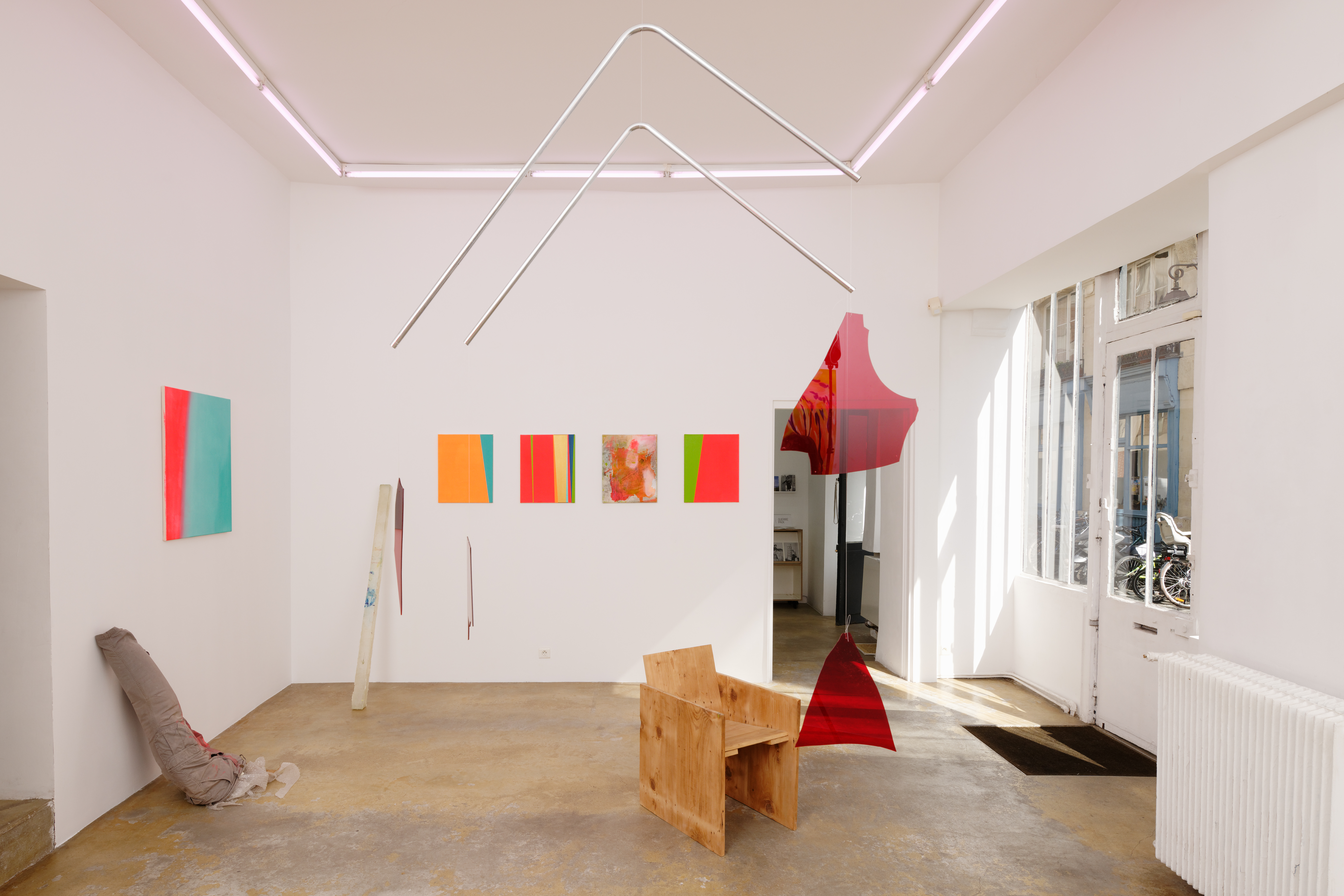
Dead Artist Club, Charlie Hamish Jeffery
Charlie Hamish Jeffery
Exhibition view
Dead Artist Club, Charlie Hamish Jeffery
Charlie Hamish Jeffery
Exhibition view
Dead Artist Club, Charlie Hamish Jeffery
Charlie Hamish Jeffery
Exhibition view
Dead Artist Club, Charlie Hamish Jeffery
Charlie Hamish Jeffery
Exhibition view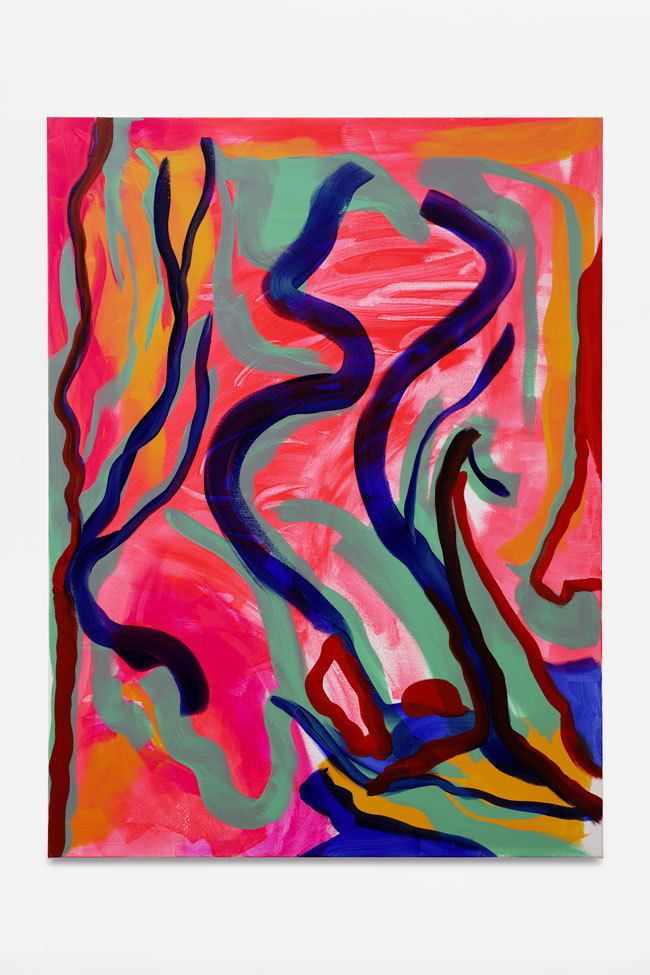
oil and acrylic on canvas
Unique artwork

oil and acrylic on canvas
Unique artwork
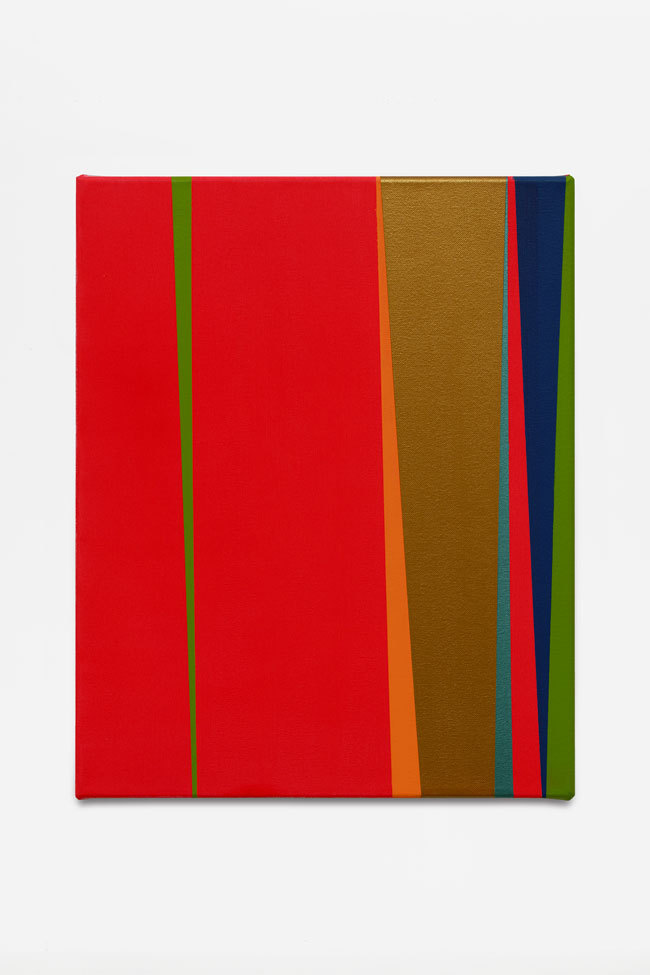
Studies for awkward silence
acrylic on canvas
Unique artwork
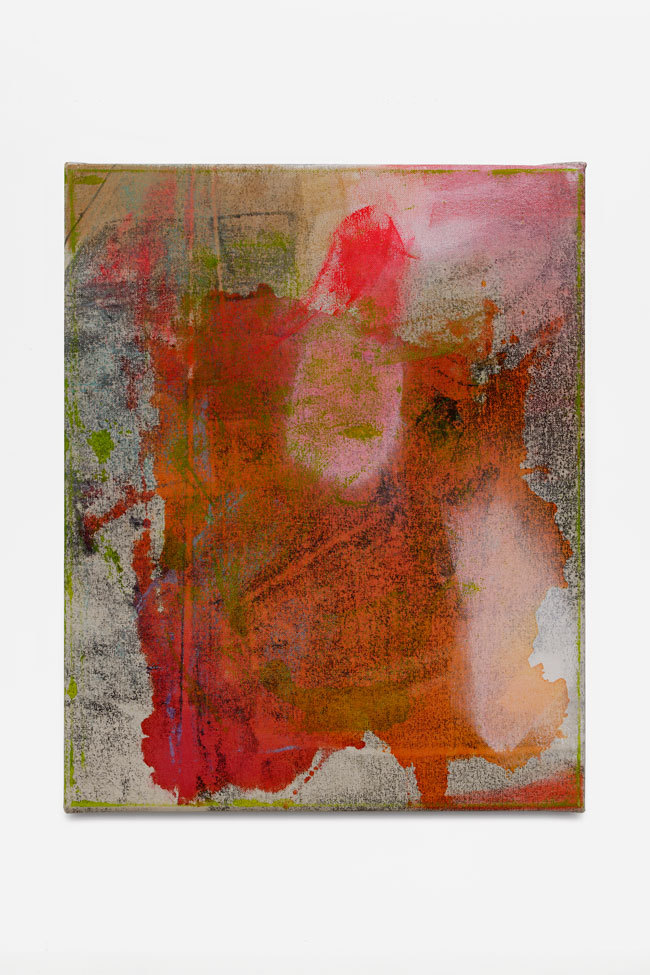
acrylic on canvas
Unique artwork
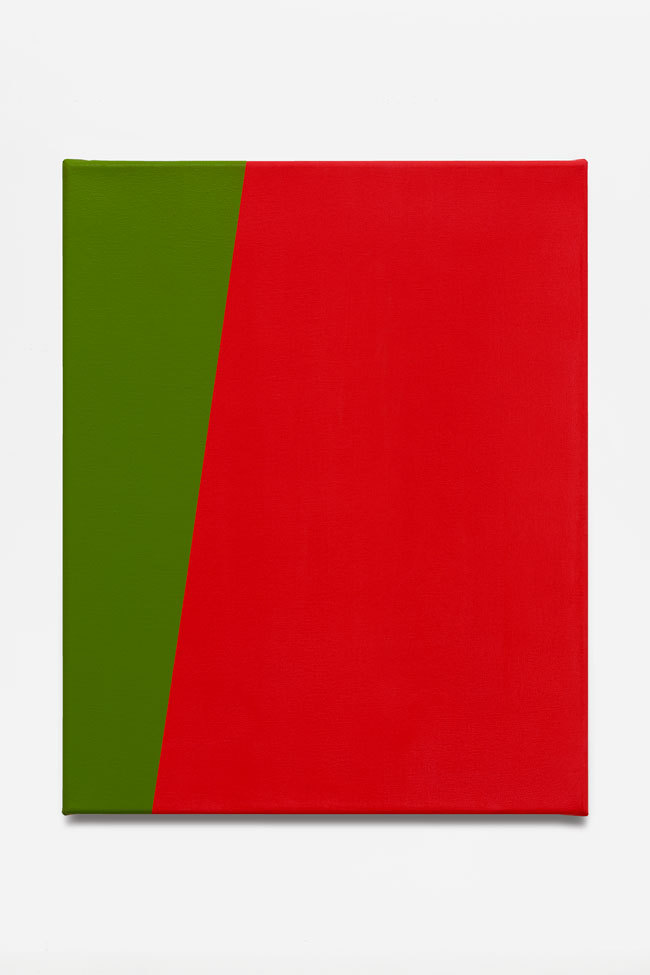
Studies for awkward silence
acrylic on canvas
Unique artwork
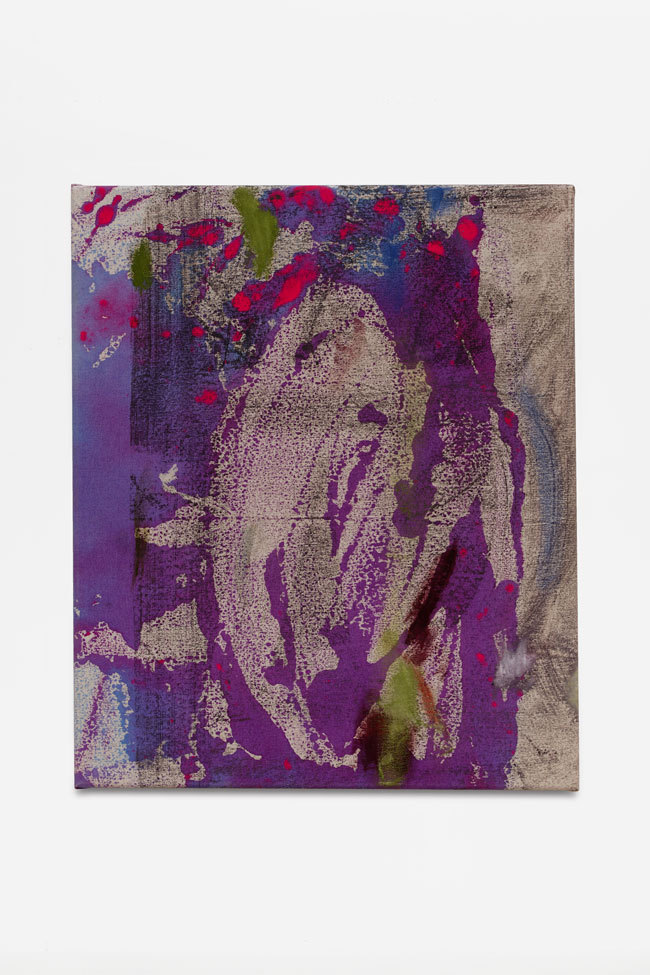
acrylic on canvas
Unique artwork

acrylic on canvas
Unique artwork
EN
Since his last solo exhibition at the Florence Loewy gallery, Charlie Hamish Jeffery has created a large number of new paintings. Given these circumstances, tradition would have it to present a selection. This is the case. Moving from the studio to the gallery, these new works would be revealed to the public who would on the same occasion take part in testing this new socialization. This is precisely what this event is about and the exhibition could just as well be titled “Charlie Hamish Jeffery: New paintings.”
In his studio in the Morvan, where he has undertaken a major renovation, the artist admits that he is sharing his time between the creation of new canvases and the painstaking operations of classifying and sorting that a relatively abundant production requires. Typologies of paintings can be discovered more and more clearly in this process, like the abstract compositions using a vocabulary of lines, grids or solid strips of colors whose extreme rigor contrasts with the flights of enthusiasm that the large formats seem to admit and in which liquid paint is applied with a rapid gesture. In the margin, or perhaps in the middle of these two counterparts, thicker and, in appearance, more tormented paints are found that, as touchups and superimpositions are added tend toward figuration by having a few recurring motifs – forests, monoliths, doors and windows – suddenly appear.
Reviewed (before a new exhibition), all or almost all of them are questioned – because they are “too much” or not “enough” – as a presentable canvas, caught in this unstable condition that Brian O’Doherty describes on the subject of works in the gallery space1 where “not having any company other than the artist “and occasional visitors […]) they are vulnerable: affected by the slightest glance, by the slightest change in light,” but thereby maintain a vivacity “that they do not bring with them when they leave it.” All this is well-known, consequently the exhibition itself is a classical tragedy. Let us add that it is in a relationship between them, in a constant game of arrangements for which the studio is the theater, that these paintings find a probably balance in the artist’s eyes. The relationships that hold this heterogeneous group together is shown in the most technical but also the most sentimental way possible in a series of small formats obtained by contact, to sponge off a too large amount of paint on the surface of a canvas being painting (Dirty Scans). This ecological system could also be perceived as a collaboration ensuring that each painting lacks something.
Moreover, it is this something less that holds our attention in the paintings of the series “Awkward Silence.” In a modest format, they contain two colors applied in perfectly regular solid areas divided by a slightly trapezoidal strip vaguely bringing to mind “folded trousers.” In that, they closely resemble abstract geometric paintings for which they could be credible examples in an interior décor. There would be nothing further to discuss if we made an exception of this homeopathic visual blur produced by the proximity of these somewhat acidic hues (“pomegranate red,” “yellowish green”) that imperceptibly blend in to the right of the line and start to muddy the borders. A malaise is suggested by the title that, like an earlier series titled “Illusion for People,” anticipates in the work the moment of its reception by an implicit address to the spectator whose reaction (“an awkward silence”) is ironically prescribed. We cannot help but see in this an allusion to the disappointment that many artists feels regarding the sense of propriety of the discussions that take place at preview showings. What the initial idea of setting up a conversation space in which the works would be decorative elements could fit in with this allusion.
The exhibition “Dead Artist Club” is a less narrative but more dramatic option, overplaying a traditional monstration system and its conventions (the showroom) in an atmosphere of decadence. Let us note that the white cube tinged with pink by grow lights contains a reference to Paul Thek’s installation The tomb (1967) revealing a dead body cast from the artist's own body in a work that spat disgust in the face of a violent patriarchal society while burying, perhaps, the belief in a critical value of art. Here, the space that presents the new paintings is configured by assemblies of waste elements from the studio. For example, mobiles made of broken Plexiglas obstruct the paintings while at the same time increase the experience of color in an extreme way (pink paint under pink light through a red screen) or welcome unexpected encounters in their reflections. It is by reappearing on the film shot in super 8 in the studio under renovation that they lead the exhibition in an entropic movement whose cause is the overlapping space-times of the studio and the gallery. Thus, the present of the exhibition is duplicated in a filmic loop that looks like an ancient archival document. This slow-motion film attests to a fleeting vision that prefigures the exhibition to come and therefore already sucked into the past, but also deported into a fictional zone: it is not the studio that is projected in the gallery, but the exhibition that is a possible projection of what is happening in the studio.
Julie Portier
Translated from the french by Eileen Powis
1. Brian O’Doherthy, White Cube. L’espace de la galerie et son idéologie, Zurich, JRP Ringier; Paris, La Maison Rouge, 2008 (1976).
Julie Portier (born in 1982) has published many texts in the specialized press and collaborated on several theme-based or monographic works. Her interest focuses on the appearance modes of art and the practices of citation and the movements of the figure of the author since the 1990s. She is currently co-director of the Salles de bains in Lyon and teaches at the ESAAA in Annecy. She is preparing a monographic work with the artist Charlie Hamish Jeffery.